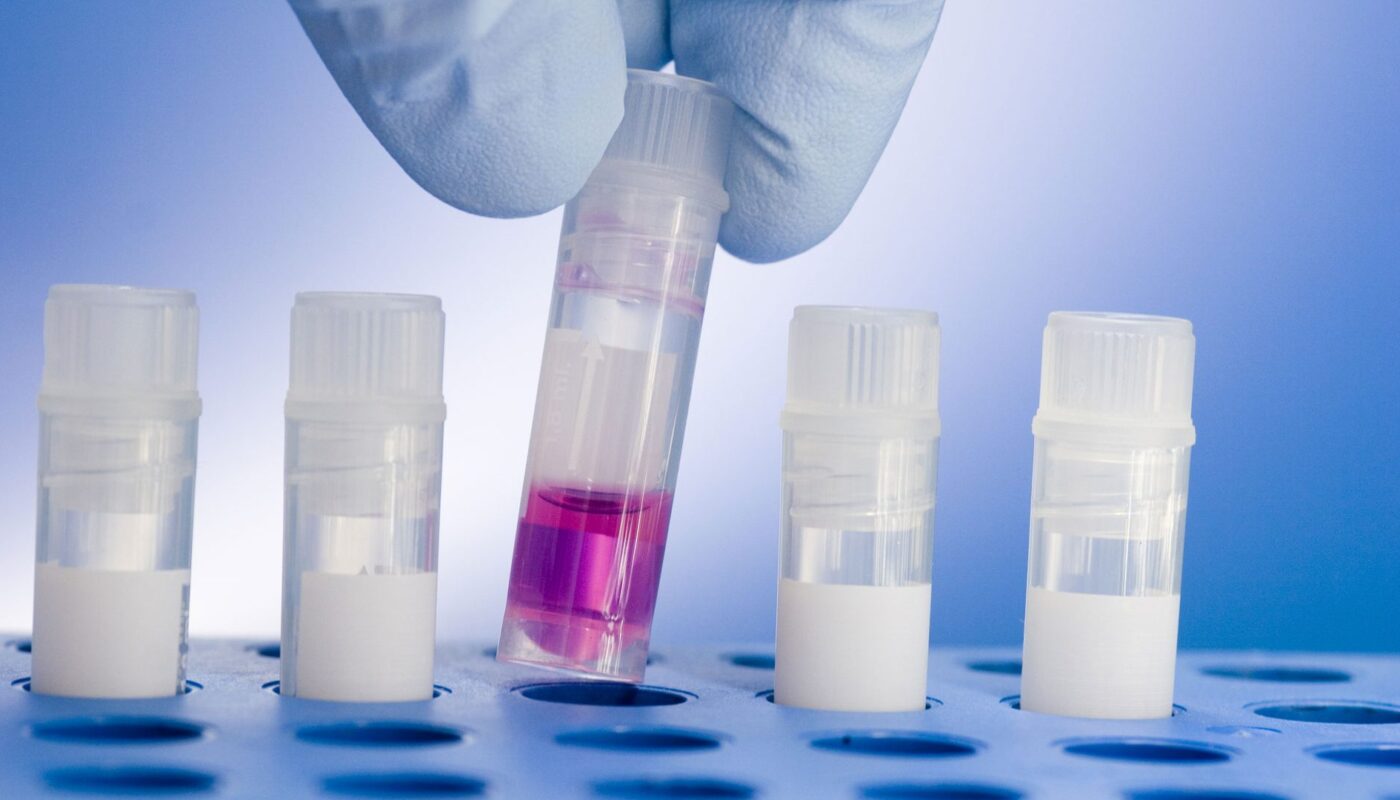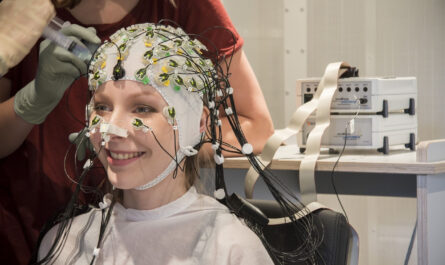Introduction
What is Tissue Banking?
Tissue banking involves the collection, processing, preservation and storage of human tissues for transplant to patients in need. These tissues collected include skin, bone, heart valves, blood vessels, corneas and more. The main objective of tissue banking is to provide transplantable biological materials that help thousands of patients each year in their reconstructive or restorative procedures. With advances in science and medicine, tissue banking has grown into a crucial part of healthcare infrastructure around the world.
Collection and Processing
All donated tissues are collected and processed according to strict regulatory guidelines to ensure safety and quality. Tissues can only be recovered from donors at the time of death or donation from living individuals. Trained technicians carefully recover tissues from donors and transport them to processing facilities. Here, the tissues undergo numerous tests for communicable diseases and sterilization treatments to eliminate any potential pathogens or contaminants. The tissues are then carefully processed, preserved and packaged in ways best suited for their intended use later during transplantation.
Storage and Distribution
Once processed, the human tissues are stored in controlled temperature facilities with careful monitoring and record keeping. Different tissues have varying shelf-lives depending on their storage conditions and method of preservation. Tissue banks distribute allografts upon request from hospitals and transplant centres. Just-in-time delivery of tissues ensures transplantable materials remain fresh and viable for patients in need. Distribution is carefully coordinated to match donor characteristics with recipient requirements with the goal of achieving optimal transplant outcomes.
Applications in Medicine
Tissue Banking supports reconstructive and restorative procedures across many medical specialties. Some of the major applications include:
– Orthopedic procedures and bone reconstruction surgeries rely on allograft bone to repair fractures, replace diseased bone and perform spinal fusions.
– Cardiovascular and thoracic procedures use heart valves, blood vessels and pericardial tissues to repair congenital defects and treat end-stage organ failures.
– Ophthalmology uses donated corneas for keratoplasty surgeries to treat corneal blindness and restore sight.
– Plastic and reconstructive surgeries employ skin, tendons and other soft tissues for burn care, reconstruction after cancer removal and treatment of injuries.
Regulatory Compliance
Due to the life-saving and life-enhancing role of tissue transplantation, tissue banking is one of the most highly regulated areas of medicine worldwide. All tissue banks must adhere to strict guidelines set by national regulatory bodies as well as international standards. Some of the key areas of compliance include:
– Screening and testing of donors and donated tissues for communicable diseases
– Current Good Tissue Practices for processing, storage and distribution of tissues
– Strict protocols for donor eligibility, consent, recovery and handling
– Traceability and tracking of allografts from donor to recipient
– Continuous quality assurance, audits and adverse event reporting
Regulatory oversight helps ensure the safety, efficacy and ethical practices in tissue banking and transplantation.
Future Challenges and Trends
While significant advances have been made, tissue banking still faces several challenges to fully meet the clinical demand:
– Shortages of donated tissues continue due to limited voluntary donation rates
– Developing new preservation methodologies to expand tissue shelf-life
– Research into cell and tissue engineering solutions as an alternative to allografts
– Use of advanced technologies like 3D bioprinting of transplantable human tissues
– Global standardization of regulations, quality systems and bench-marking criteria
– Building public awareness and trust about donation, recovery and transplantation process
As science progresses, the future promises new vectors for growth in this critical area of regenerative medicine through cell therapies, gene modification and whole organ engineering approaches. With continued progress, tissue banking will be able to transform more lives worldwide.
Human tissue banking has emerged as an indispensable component of modern healthcare infrastructure supporting a wide variety of medical specialties. Adherence to strict regulatory standards and quality systems helps ensure the safety of this process. Future advances will further expand the impact of tissue transplantation through new technologies and treatment modalities. As a vital regenerative resource, tissue banking deserves continued support from stakeholders to realize its full life-saving and life-enhancing potential.
*Note:
1. Source: Coherent Market Insights, Public sources, Desk research
2. We have leveraged AI tools to mine information and compile it.



